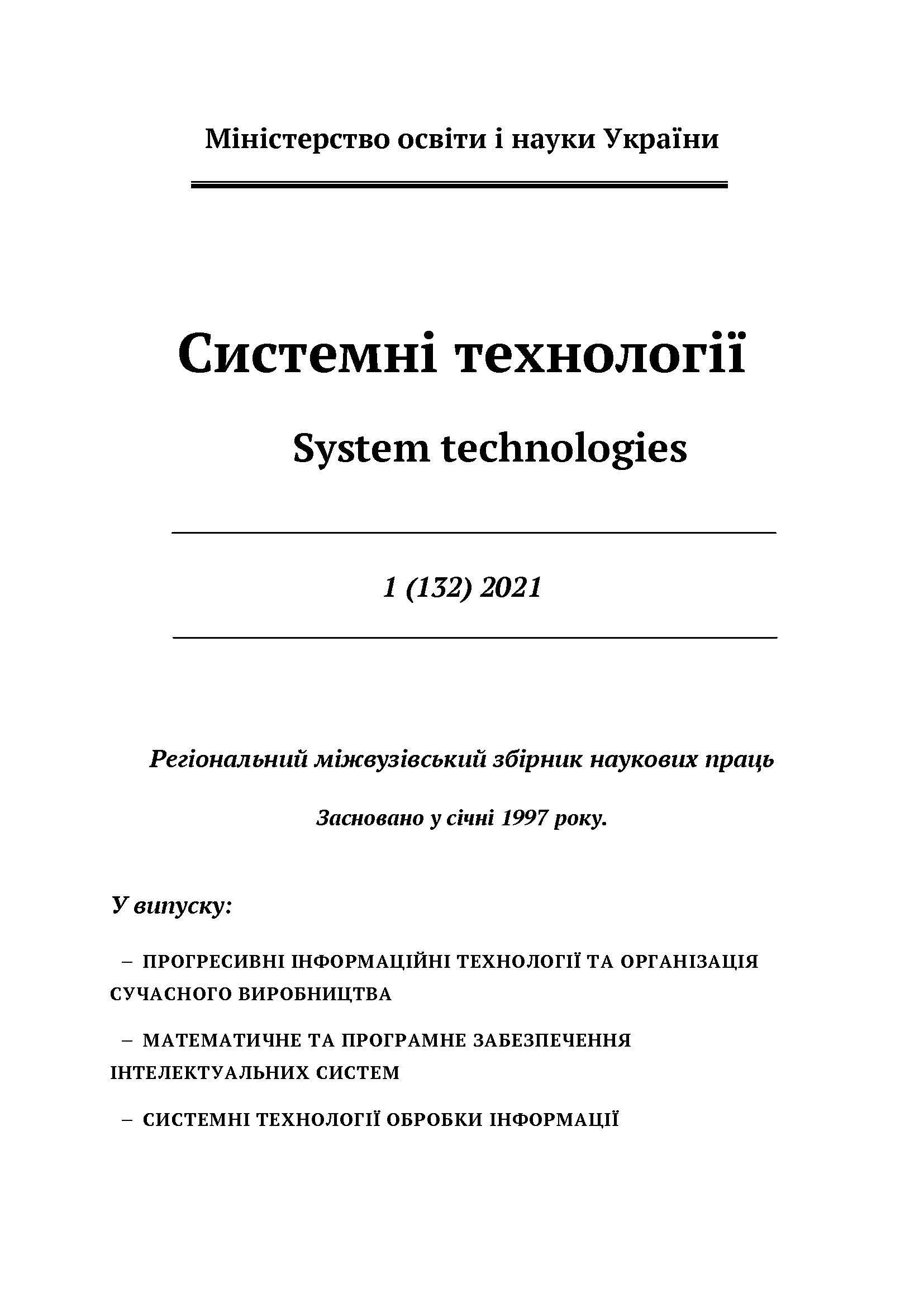ЧИСЕЛЬНІ ДОСЛІДЖЕННЯ НА МАТЕМАТИЧНІЙ МОДЕЛІ СПІНЕННЯ З ІНЖЕКЦІЄЮ ГАЗУ
DOI:
https://doi.org/10.34185/1562-9945-1-132-2021-02Ключові слова:
обчислювальна динаміка рідини, вільна поверхня, перетворювач кисню, газошлакова пінаАнотація
Кисневі конвертори часто використовуються у виробництві сталі для видалення вуглецю з чавуну за допомогою продувки киснем та для розплавлення металобрухту. Шлак на поверхні розплаву всередині конвертора уповільнює газові бульбашки, що утворює велику кількість емульсії або піни. Іноді рівень піни може перевищувати ви-соту конверторної ванни. Щоб запобігти цьому, металургам потрібно прогнозувати подібні ситуації та відповідно зменшувати вдування газу в небезпечні періоди. Після багатьох років використання кисневих перетворювачів металурги отримали досвід і знають безпечні режими цього процесу. Однак ці режими можна вдосконалити за до-помогою математичного моделювання, яке користується популярністю в наші дні, оскільки воно має менші витрати, ніж реальні експерименти на заводі чи в лаборато-рії. Гідродинамічні процеси в конверторі складні, тому математична модель повинна уникати надмірного спрощення та враховувати важливі деталі про них. У попередній роботі представлена модель з детальним описом рівнянь (Нав'є-Стокса) та граничних умов. Чисельне рішення простіше отримати, ніж аналітичне для такої складної моде-лі. Для перевірки адекватності моделі використовуються такі припущення: загальна кількість газу повинна бути збережена у випадку закритого об'єму, а також поле ти-ску повинно збільшуватися відповідно до отриманої кількості газу; у разі переміщення вільної поверхні рівень піни повинен змінюватися відповідно до приходу газу і поверта-тися до початкового значення після того, як весь газ піде з рідини.
Представлені малюнки ілюструють зміну рівня піни у випадку, коли газ надходить у розплав протягом перших 20 секунд з лінійним зниженням до нуля через 20 секунд. Об-числювальна область має 72x144 комірок. Ефективність обчислень знижується, коли рівень піни зростає, оскільки в розрахунку бере участь більше клітин. На інших рисун-ках показано газове поле (кольором) і поле швидкості (стрілками) для двох випадків: коли об’єм закритий і коли поверхня розплаву рухається. У закритому об’ємі зазначені вище припущення перевірено та подано графік залежності кількості газу. На основі цього зроблено висновок про якісну адекватність моделі. 2D-візуалізація здійснюється у комп’ютерної програми, розробленої на популярній мові.
Посилання
Stadler S.A.C., Eksteen J.J., Aldrich C. An experimental investigation of foaming in acidic, high FexO slags. – 2007, № 20, pp. 1121-1128.
Wu L. S., Albertsson G. J., Sichen D. Modelling of slag foaming // Ironmaking & Steelmaking. – 2010, Vol. 37, № 8, pp. 612-619.
Sattar M.A., Naser J., Brooks G. Numerical simulation of slag foaming in high tem-perature molten metal with population balance modeling // Proceedings of 5th BSME International Conference on Thermal Engineering. – 2013, № 56, pp. 421 – 428.
Martinsson J., Glaser B., Sichen D. Study on Apparent Viscosity and Structure of Foaming Slag // Metallurgical and materials transactions. – 2016, Vol. 47B,
pp. 2710-2713
Martinsson J. A Study of the Behavior of Foaming Slag in Steelmaking // Doctoral Thesis, Stockholm, 2018. 65p.
Ogurtsov A.P., Samokhvalov S.E., Nadrygailo T.G. Splitting methods in problems of hy-drodynamics and thermomasstransfer. – Dnipro: System technologies, 2003, – 260p.
Krasnikov K.S., Lyzhov M.V. Mathematical description of slag foaming intensity in con-vertor during gas blowing // System technologies. – 2019, № 5 (124), с. 116-123.
Завантаження
Опубліковано
Номер
Розділ
Ліцензія

Ця робота ліцензується відповідно до ліцензії Creative Commons Attribution 4.0 International License.















